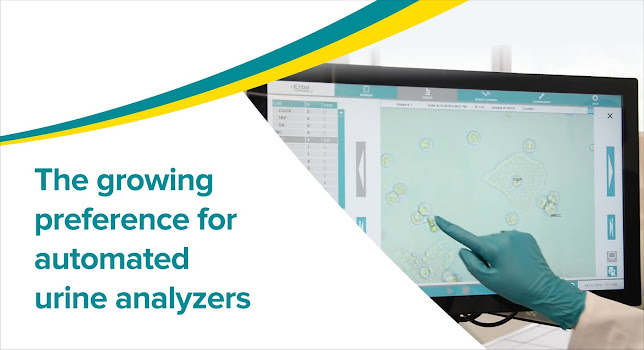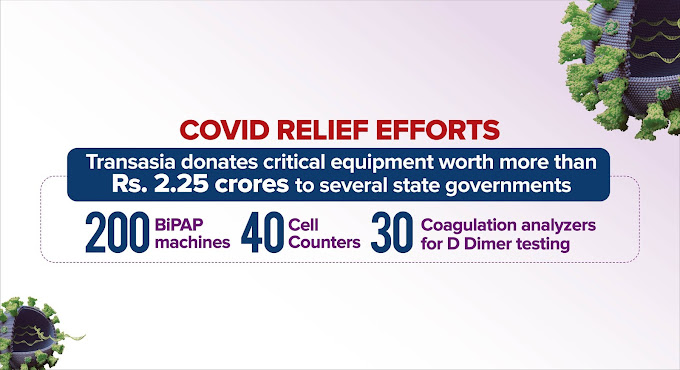Diabetes – a growing health concern in India

A chronic metabolic disease, diabetes now affects more than 77 mn Indians, a number which is expected to grow to 134 mn by 2045. Diabetes and its types Diabetes occurs either when the pancreas doesn’t produce enough insulin to regulate blood glucose or when the body cannot effectively use the insulin it produces. The main types of diabetes are: Type 1: Previously known as Insulin Dependent Diabetes or Juvenile Diabetes, it is caused due to body’s malfunction to produce insulin. Type 2: This is caused due to insulin resistance, a condition in which cells fail to use insulin properly. This form was previously known as non-insulin dependent diabetes or adult onset diabetes. Besides this there is a third type, the Gestational diabetes that occurs in pregnant women, who develop a high blood glucose level without previous history of diabetes. Global prevalence of diabetes According to the International Diabetes Federation (IDF), there are 537 mn adults now living with diabetes and its gl




